 AN island that has emerged in the middle of the crater lake of Indonesia's Mt Kelut may have been effectively plugging the volcano but it could be dislodged, scientists warned yesterday.
AN island that has emerged in the middle of the crater lake of Indonesia's Mt Kelut may have been effectively plugging the volcano but it could be dislodged, scientists warned yesterday.The peak in East Java, whose fertile slopes are populated by thousands of people, was put on high alert on October 16 but has not fully erupted, puzzling scientists who say it is impossible to predict what may happen next.“The island was visually captured by our CCTV (closed-circuit television) on Sunday, with smoke now pluming up to one kilometre from it,” volcanologist Saut Simatupang said.He estimated that the 100m-long island loomed 20m above the surface of the crater lake. The temperature of the lake has soared so high it has broken measuring instruments, he said.Mr Simatupang said he still could not determine whether the island was new product or old lava from the 1990 eruption that had solidified at the bottom of the crater lake, more or less acting as a cork.It appeared to have been pushed up Saturday night, when volcanologists mistakenly thought an eruption was occurring so they abandoned their posts.Overnight, continuous tremors shuddered underneath Kelut, with dozens of puffs of steam or smoke shooting into the air, Mr Simatupang said.“We are not taking a chance yet to get closer to study the volcano, although we think it is mostly steam coming out,” Mr Simatupang said.“This could go on or it could be that the volcano is keeping its energy for a bigger eruption.”The head of Indonesia's Volcanology and Geological Disaster Mitigation Agency, Surono, told President Susilo Bambang Yudhoyono that Kelut appeared to have altered its normal eruptive behaviour.“There seems to be a change in the volcano's character, from historical explosive eruptions to an effusive or slow eruption,” he said during a phone call broadcast on ElShinta radio.“Is it possible that there will be an eruption (given the change), or can we still not have an accurate prediction?” Mr Yudhoyono asked.“There is a very small probability that there will be an explosive eruption, but I am still doing more evaluation with my colleagues,” Surono replied.Authorities have been trying to evacuate people living in a 10km danger zone around the volcano's peak but many have refused to leave or they return to their homes during daylight hours.Residents said they were defying a police threat to jail them if they stayed.“I'm not afraid ... If they want to put me in jail, just go ahead,” said Kandi, a 56-year-old clove farmer from Bladak village, eight kilometres from the peak.The district police chief, Ibnu Istica, said that police were telling people about a new law - that has yet to come in effect - under which people could be jailed for up to three years for refusing evacuation orders.Since record-keeping began, Mount Kelut's eruptions have claimed more than 15,000 lives, including an estimated 10,000 in a catastrophic 1586 eruption. A 1919 eruption spewed heat clouds that killed 5160 people.Indonesia sits on the so-called Pacific “Ring of Fire,” where several continental plates collide, causing frequent seismic and volcanic activity.
As in the days of Noah....

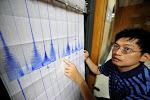

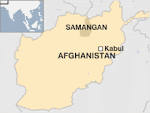







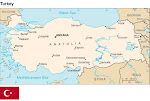
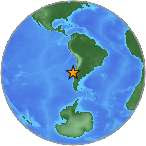




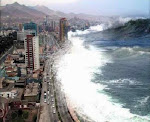

.jpg)


.bmp)
No comments:
Post a Comment